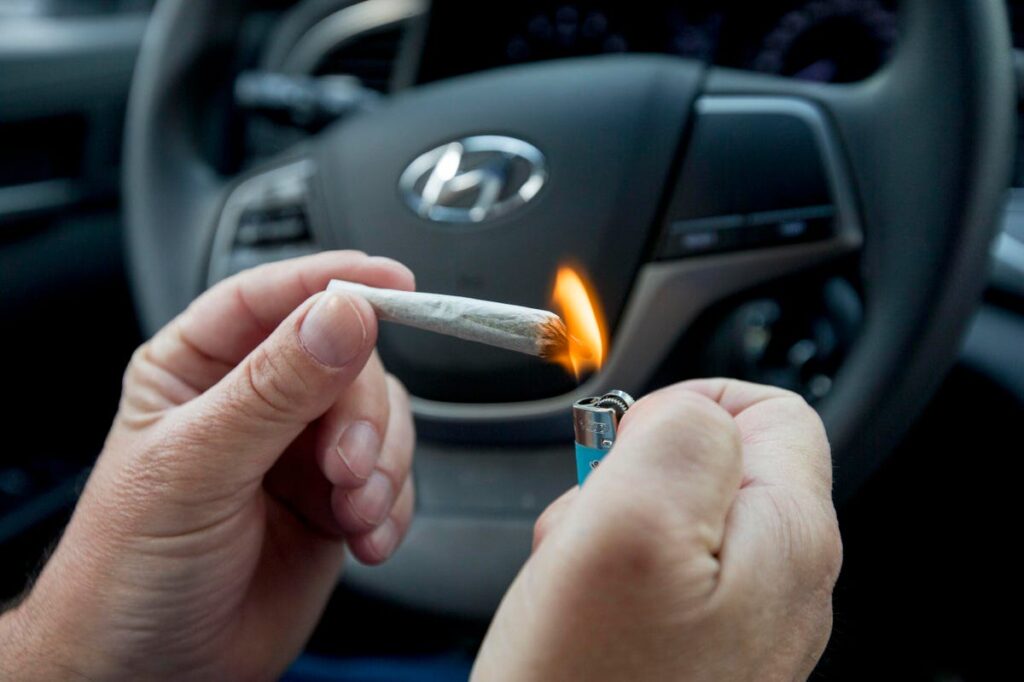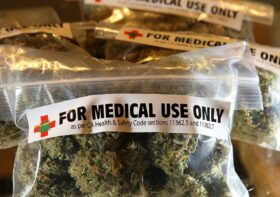Australian Law and Medical Canabis Usage for Drivers

The number of people using medical cnnabis in Australia for medicinal purposes is fast increasing, and as a result, there is an urgent need for legislation that are both up to date and consistent. Researchers are rushing to determine the effects that cannabinoids have on driving as the incidence of cannabis usage for medical and recreational purposes continues to rise throughout the world. However, regulating medical canabis and determining how it affects a person’s ability to drive safely is a difficult and complex task, not unlike the wide-ranging pharmacological effects of cannabis.
Information for Driver Regarding CBD and THC Medications?
It is against the law to operate a motor vehicle in any part of Australian states if you have any detectable level of THC in your saliva, blood, or urine. However, despite the widespread usage of CBD, for example in the form of CBD oil, the legality of using CBD-only drugs and lawfully driving remains a grey area. This is because CBD is not a psychoactive substance. According to the recommendations, people who use medical canabis should discuss with the physician who prescribes them how to drive in a way that is both safe and legal while they also have a prescription for medical canabis.

CBD does not produce any euphoric effects; nonetheless, it can cause sleepiness and drop blood pressure, and for some individuals, these side effects may interfere with their ability to operate a motor vehicle. Patients really need to be aware of the CBD to THC ratio in the medication that has been prescribed to them since even the purest CBD products might have trace levels of THC remaining in them. Patients who are taking a product that is labelled as CBD only should not operate a vehicle or other machinery while taking the product because even though very low concentrations of THC may not show up on a roadside drug test, they may show up on a blood test. This does not necessarily mean that they are safe to do so.
See also: Is Medical Cannabis Effective in Treating Cancer?
According to the majority of government standards, the ability to drive and the level of impairment are supposed to be assessed by the prescribing doctor. This is because the prescribing doctor should have a solid concept of what effects the prescription will have on the patient. However, the effect and duration of impairment can vary greatly depending on the route of administration and metabolism of the individual. Because of this, evaluating and quantifying impairment to driving in a standardised manner can be an extremely challenging task. The national guideline for driving makes it illegal to operate a vehicle while having any detectable quantity of THC in your system (this is consistent with the laws of other jurisdictions), and there are no exemptions mentioned for prescription medications. Considering that THC may remain in the bloodstream for more than 30 days, this presents a significant danger for medical canabis users who must continue to use their vehicles, even if the effects of their drug have not rendered them incapacitated.
Breathalysers, which measure the amount of alcohol in a person’s blood, and saliva tests, which may identify cannabis and other drugs, have become commonplace. Although similar tests may appear to be interchangeable, there is a significant difference between them. Blood alcohol measurements can provide a direct relationship to driving impairment and are able to extrapolate back in time to provide a reasonably accurate estimate of when alcohol was consumed. Contrarily, the presence of THC in a roadside saliva test, in contrast to a blood alcohol test, does not provide a conclusive assessment of either a person’s physical or mental impairment.
When it comes to determining the subjective high and likely impairment, blood tests that provide a toxicological report on cannabinoids, including metabolites of destroyed THC, are more accurate. Despite this, cannabis is metabolised at various rates by different people, and this rate is highly altered by the route of administration; as a result, knowing the precise moment at which one’s driving abilities become compromised is still an approximation at best. In this, they observed the subjective aspect of being able to drive with THC in the body and highlighted the fact that prospective patients are anxious about using medical canabis out of worry that they may be in violation of the law.

The research report suggests that Australia adopt a policy that is analogous to that of Canada, which has seen significant progress in the area of cannabis driving regulations over the previous decade. Driving under the influence of drugs would therefore continue to be illegal; however, those who use cannabis for medical purposes would be exempt from this law if they passed standardised roadside sobriety tests and were pronounced competent to drive. The police would be given particular training on how to identify impairment, and specialised drug identification specialists might be called upon to determine whether or not an individual is competent to drive.
As the landscape of medical canabis in Australia continues to expand, the steps that regulators need to take to realign legislation with the expanding number of individuals who will have cannabis in their system must be sped up. In order to separate patients from potentially dangerous drivers under the influence of cannabis, clear and precise behavioural and motor deficiency markers should be adopted for patients.
To also know more about where to buy medical canabis in Australia and other medical marijuana resources, you should book a consultation session with a professional from Chronic Therapy today.



